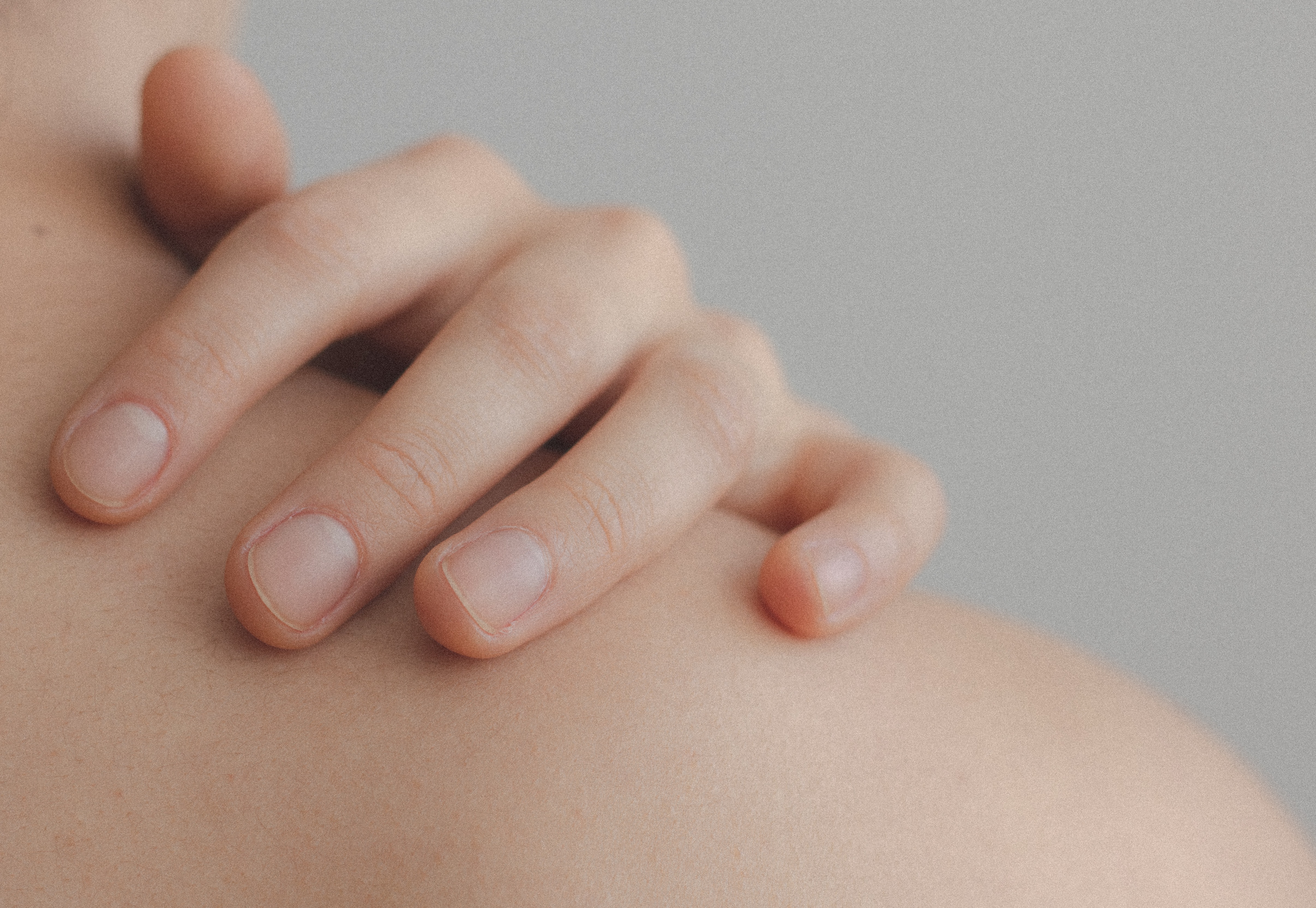
Take this skin quiz to find the best ingredients for your skin and build your skin care routine.
Take The Skin Quiz
Vitamin E is a supplement rich in antioxidants which help to neutralize the free radicals that affect your skin. Vitamin E is used to condition environmentally-exposed skin, help to keep the surface as intact as possible, as well as help with sunspots.
The National Institute of Health has documented the effectiveness of using vitamin E. There are eight types or forms of vitamin E, and the two most common are tocopheryl acetate and tocopherol, both of which are in many skincare products.
There are many ways to use vitamin E to help treat your sunspots, internally and externally. The recommended dose to take is 400 I.U. in the morning, as well as in the evening. You can also puncture the capsule and use the oil directly on the spots. Wheat germ is the most natural form of vitamin E, though the capsules are more common to use. A diet that is rich in vitamin E is beneficial, as well as adding vitamin C to your daily oral dosage. Using a serum that has vitamin E
Before adding vitamin E to your skincare, you should perform a patch skin test. In its pure form, vitamin E can cause a dermatitis-type of reaction. As stated before, it is best to use vitamin E on normal or even dry skin in comparison to sensitive skin, as you may suffer from some discomfort and topical redness. If you are acne-prone, be aware that oil may clog pores, so be sure to use the oil in conjunction with a good cleansing and exfoliating routine. Some studies have also shown that taking a dosage higher than 1200 I.U. may affect your metabolism and your body’s ability to absorb vitamins A and K. In some instances, vitamin E can have adverse affects on the skin when combined with Retinol and vitamin A.
By using vitamin E on your skin, you will get added benefits. Being an antioxidant, it helps to keep your skin smooth and the lipids fresh. It is excellent for helping to maintain balance, as well as helping to restore your skin’s natural barrier.
Age spots on your skin is known as hyperpigmentation, dark spots, or liver spots. There are several reasons you might experience hyperpigmentation, but those we are referring to here are those that are caused by acne scarring or sun exposure. Age spots are most common on the face, the shoulders, and the back. There are some age spots that might appear as a side effect of certain medications. Age spots are typically harmless, but we always recommend conferring with your dermatologist if you’re experiencing a larger-than-usual area of age spots, or if they are changing in color, thickness, or appearance in any way.
To prevent age spots, it’s best to moisturize daily and wear sunscreen. Additionally, antioxidants protect the skin from free radicals that damage cells and speed up aging. Ingredients and nutrients like vitamin C, acai oil, jojoba oil, alpha-lipoic acid, green tea extract, retinol/vitamin A, coenzyme Q10, caffeine, alpha-hydroxy acid and salicylic acid are all beneficial for preventing and reducing age spots. Hydrolyzed is also good for restoring the overall vitality of the skin.
vitamin E may be effective for age spots, but there are many other factors that may affect whether this ingredient would work on your skin or if there are better ingredients that may work for you. Take this skin quiz to find the best ingredients for your skin and build your skincare routine.
Next: Does azelaic acid work on dry skin ?